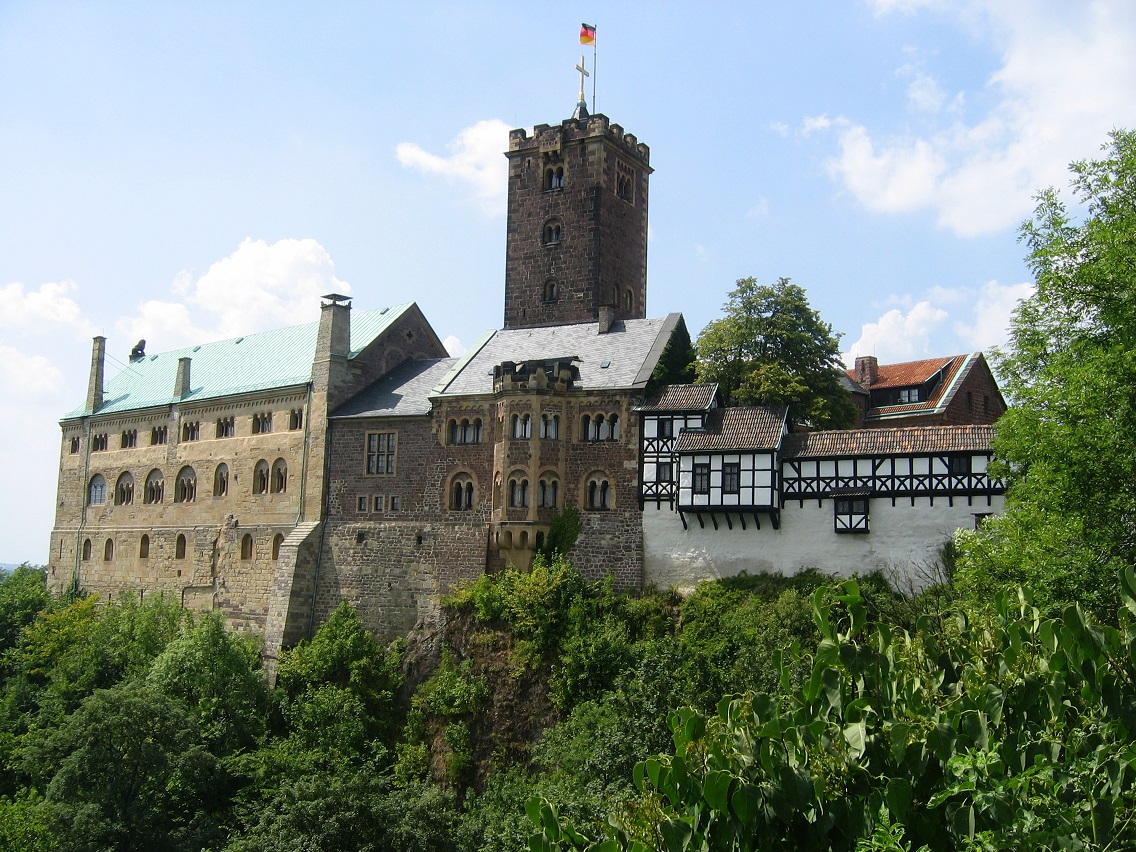Italy
UNIVERSITY OF BOLOGNA: the oldest University of Europe
What is today known as the University dates back to the end of IX century, when, in Bologna scholars of Grammar, Rhetoric and Logic started to apply to Law.


1088 is the official starting date of a teaching activity, free and independent from the ecclesiastical schools. The first prominent figure of scholar is Irnerius, who undertook an outstanding work of reorganization of the Roman law body. Since the first centuries, students rewarded the teachers collecting money (“collectio”), because science was a gift of God and could not be sold.
The XI and the XII centuries were a crucial period for the political development in Europe because the relationship between Empire and Church started to be defined. In 1158 Frederick I (known as Barbarossa) issued the Constitutio Habita by which it was set that every school was a Societas Socii (students) presided by a master (dominus) who had to be rewarded with money collected among the students. Thus the University became by law the place where research was developed freely and independently from any other kind of power.
After the death of Barbarossa and all along the XII century (a period of struggles and political tensions) the University of Bologna kept fighting for its autonomy.
From the XIV century, along with the Law Schools, also the Arts Schools started, studying Medicine, Philosphy, Arithmetics, Astronomy, Rhetoric and Grammar and, from 1364, Theology too.
Illustrious Italian personalities of that time who studied in Bologna were: Dante Alighieri, Francesco Petrarca and Guido Guinizelli.
In the XV c. also Greek and Hebrew started to be taught and, in the XVI c. the school of Experimental Science was introduced. Ulisse Aldrovandi is one prominent scholar of that period: he applied to the study of pharmacy , fossils and to the collection and classification of different natural wonders.
The XVI and XVII c. are the golden age of the University, thanks to the contribution to the Medicine Studies of Marcello Malpighi and his researches of Anatomy done with the microscope.
The fame of the University of Bologna is spread all through Europe, since the Middle Ages. Among the most illustrious foreign guest there are Thomas Becket, Paracelsus, Raimundo de Pegñafort, Albrecht Dürer, Torquato Tasso and Carlo Goldoni.
Pico della Mirandola and Leon Battista Alberti studied ecclesiastical law. Copernicus dedicated himself to the study of pontificial law.
During the Industrial Revolution of XVIII c., the University promoted the scientific and technological development. Luigi Galvani (one of the founder of the modern electrotechnics together with Alessandro Volta, Benjamin Franklin and Henry Cavendish) studied in Bologna.
After the unification of the Italian state (1861), the University lived another important age. Giosuè Carducci and Giovanni Pascoli (italian poets) accomplished their studies there.
In 1888 the University celebrated the eight hundredth anniversary of the Studium: it was a magnificent event that saw reunited in Bologna all the most important universities of the world, to honour what is considered the Mother of Universities, for having given the roots to all the universities.
Germany
Five Hundred Years of Contemporary German Language
In 2017 Germany celebrated the 500th anniversary of the Protestant Reformation. With his “Ninety-Five Theses on the Power and Efficacy of Indulgences”, Martin Luther had started that schism from the Catholic Church.
Luther lived and worked at several places in Thuringia, e.g. as a monk in Erfurt. Convinced that the Word of God needed to be spread directly to the people, he translated the New Testament from Greek into contemporary German. He listened to the people in the streets and explored their language to enable them to understand important religious texts.
 During his stay at Wartburg Castle 1521-1522 Luther translated the New Testament. By 1534 he finished his version of the Bible. Due to Gutenberg’s invention of the printing press the vernacular Bible spread rapidly. It was printed more than 100,000 times in the following years and reached a far greater number of people.
During his stay at Wartburg Castle 1521-1522 Luther translated the New Testament. By 1534 he finished his version of the Bible. Due to Gutenberg’s invention of the printing press the vernacular Bible spread rapidly. It was printed more than 100,000 times in the following years and reached a far greater number of people.
Martin Luther also took a great share in the development of the German language. There had been translations of the Bible into German before, but those were translations from the Latin Vulgate - which already was a translation from the original – and the German of those translations was hard to understand. Luther was the first one to stick close to the original version of the Bible and contemporary language.
 Since Germany consisted of many states at Luther’s time a great number of German dialects were spoken. That made it difficult for people from various regions to understand each other. Luther’s style was extraordinary; he chose one dialect and added words from poets. Thus he created a language that became popular and was used in literature. The vernacular Bible is often called the first German ‘classic’.
Since Germany consisted of many states at Luther’s time a great number of German dialects were spoken. That made it difficult for people from various regions to understand each other. Luther’s style was extraordinary; he chose one dialect and added words from poets. Thus he created a language that became popular and was used in literature. The vernacular Bible is often called the first German ‘classic’.
Luther’s Bible could be understood in any German-speaking home. People memorised its words, used them in their daily lives. Thus Luther became very influential in German history – as a reformer and a supporter of development of German language and identity.